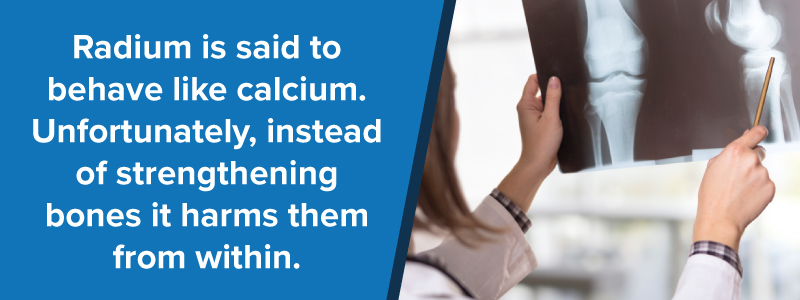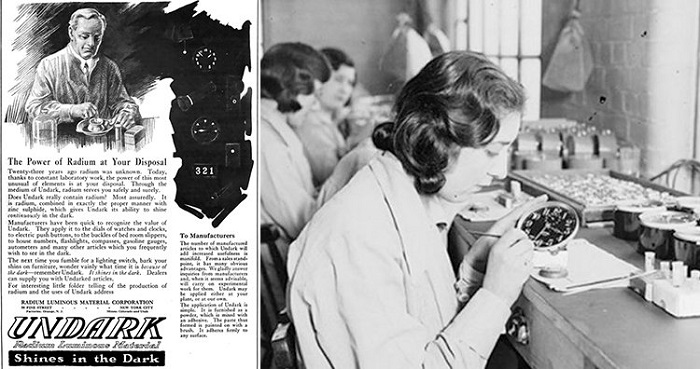
This type of dye binds to particles of radioactive elements known as cesium and thallium. Potassium iodide isn't a cure-all and is most effective if taken within a day of exposure. If you take potassium iodide, it may fill "vacancies" in the thyroid and prevent the absorption of radioiodine. The radioiodine is eventually cleared from the body in urine. If you're exposed to significant radiation, your thyroid will absorb radioactive iodine (radioiodine) just as it would other forms of iodine. Iodine is essential for proper thyroid function. Medical personnel would use these treatments only if you've been exposed to a specific type of radiation.

Some treatments may reduce damage to internal organs caused by radioactive particles. If you have severe damage to bone marrow, you may also receive transfusions of red blood cells or blood platelets. Treatment with this protein-based medication, which includes filgrastim (Neupogen), sargramostim (Leukine) and pegfilgrastim (Neulasta), may increase white blood cell production and help prevent subsequent infections. Treatment for damaged bone marrowĪ protein called granulocyte colony-stimulating factor, which promotes the growth of white blood cells, may counter the effect of radiation sickness on bone marrow. It also lowers the risk of internal contamination from inhalation, ingestion or open wounds. Gently washing with water and soap removes additional radiation particles from the skin.ĭecontamination prevents radioactive materials from spreading more. Removing clothing and shoes eliminates about 90 percent of external contamination. Decontaminationĭecontamination involves removing external radioactive particles. The treatment goals for radiation sickness are to prevent further radioactive contamination treat life-threatening injuries, such as from burns and trauma reduce symptoms and manage pain. This information would guide some decisions for treating people with radiation sickness. A part of the larger emergency response to a radioactive accident or attack would include identifying the type of radiation exposure. A device such as a Geiger counter can be used to survey people to determine the body location of radioactive particles. A device called a dosimeter can measure the absorbed dose of radiation but only if it was exposed to the same radiation event as the affected person. These factors indicate the degree of bone marrow damage, which is determined by the level of an absorbed dose.

Frequent blood tests over several days enable medical personnel to look for drops in disease-fighting white blood cells and abnormal changes in the DNA of blood cells. The severity and timing of other signs and symptoms also may help medical personnel determine the absorbed dose. The shorter the time before the onset of this sign, the higher the dose. The time between radiation exposure and the onset of vomiting is a fairly accurate screening tool to estimate absorbed radiation dose. Details about distance from the source of radiation and duration of exposure can help provide a rough estimate of the severity of radiation sickness. Information important for determining an absorbed dose includes:


 0 kommentar(er)
0 kommentar(er)
